In the autumn of 2013, Ukraine made a civilizational choice – it rose up against the corrupt government, which robbed the state, betrayed national interests, and, contrary to the will of the people, slowed down the country’s European integration progress. Euromaidan became a symbol of civil resistance to the regime – the heroic struggle of Ukrainians for a dignified future of their nation.
The Ukrainian press played an important role in initiating and covering the fateful events. Its representatives called people to rallies, spoke from the stage of Maidan [the word that derived from the name of Kyiv’s central square, Maidan Nezalezhnosti Square or Independence Square, is now also a synonym of people’s 2014 rallies against than-corrupt authorities], risked their lives at the barricades, and entered the government of people’s trust. Media workers performed seemingly mundane work. But for the media community, November 2013 and the subsequent winter in Ukraine became an extraordinary test. There are few places on the planet where hot spots were as burning in the lives of reporters as on the Euromaidan. Someone was illegally detained, someone was among the hundreds of wounded or maimed, and some are now among the Heavenly Hundred [people killed during Euromaidan]…
In the agony of the authorities of that time, massive violations of the rights of journalists reached unprecedented proportions, beatings of press representatives, damage, and destruction of equipment – the sad realities of those battles… But the most disgusting, dirtiest thing in the execution of the regime guards was the deliberate “shooting” of people with television and photo equipment. Bright helmets did not protect against traumatic weapons; bulletproof vests with the inscription of ‘PRESS’ could not save. Camera lenses, journalists’ eyes were in the scope of the murderers…
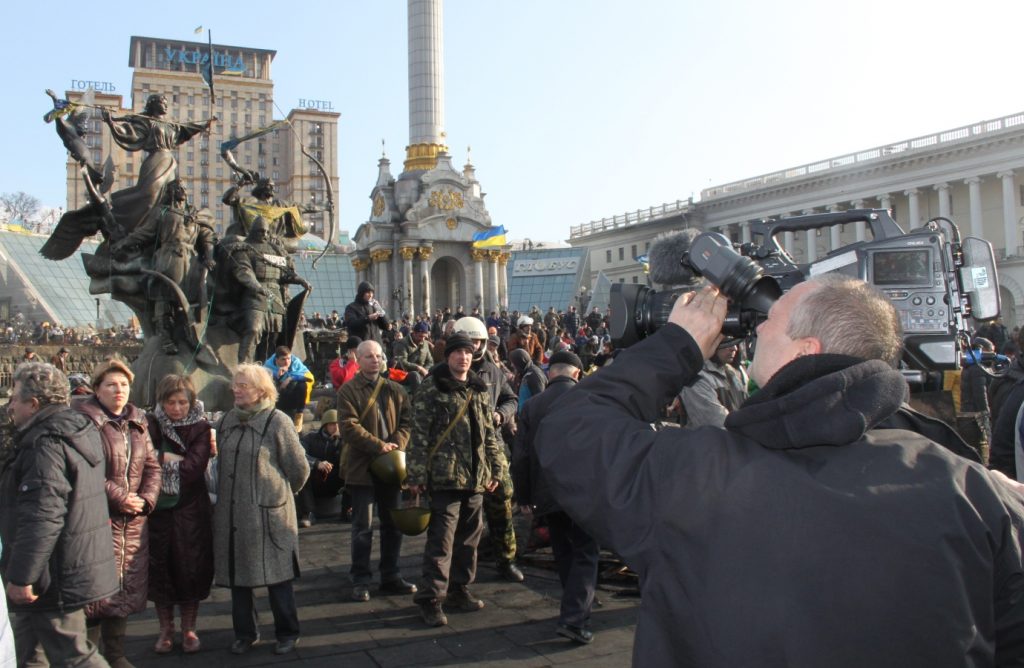
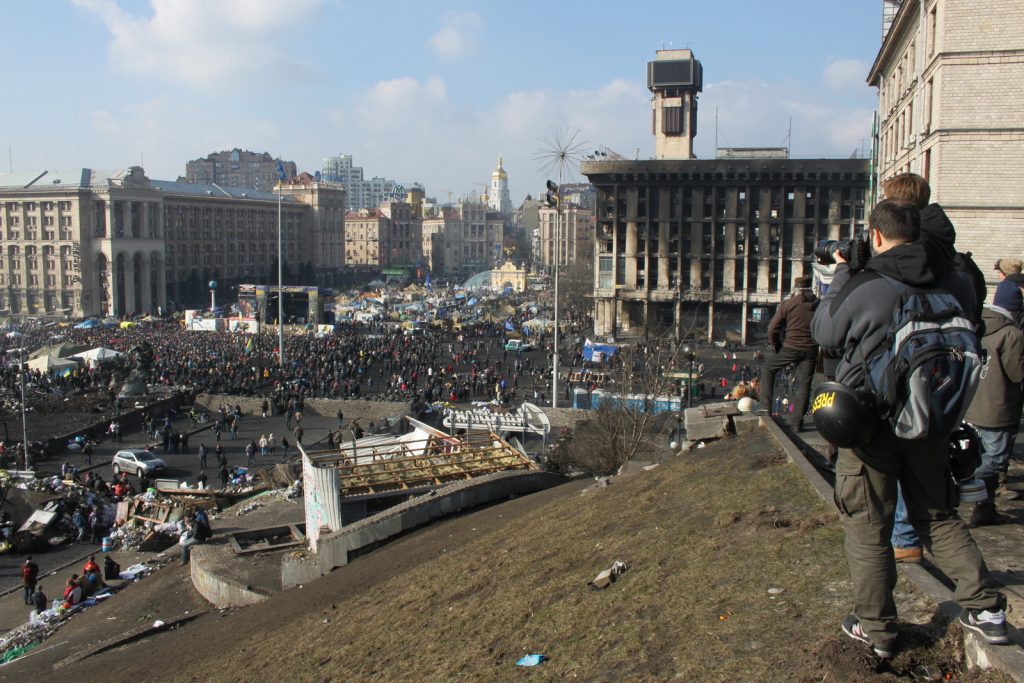
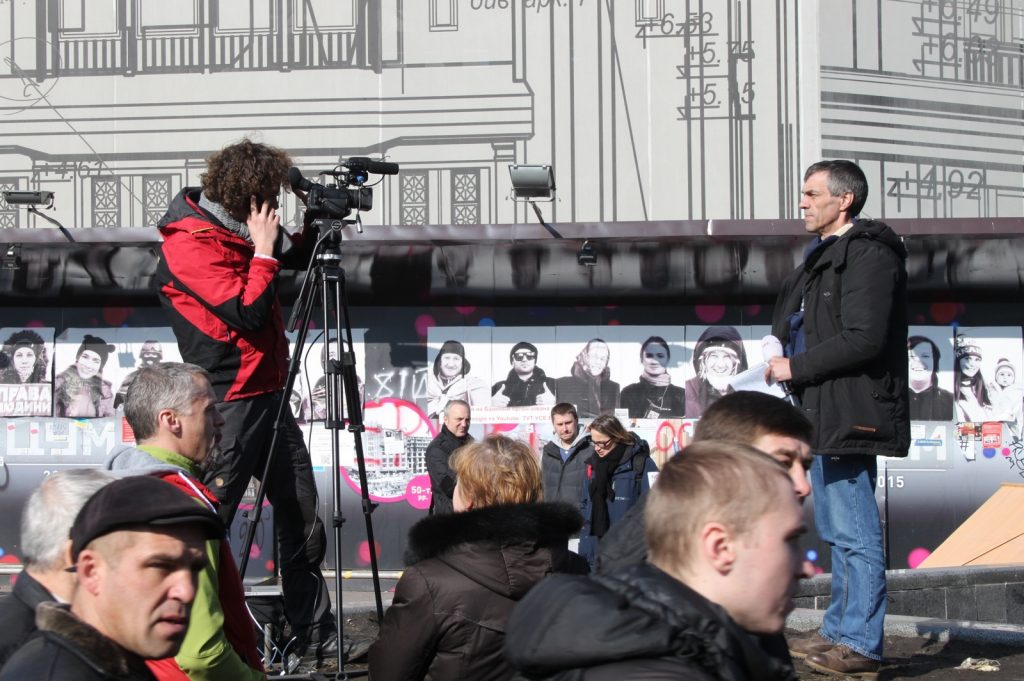
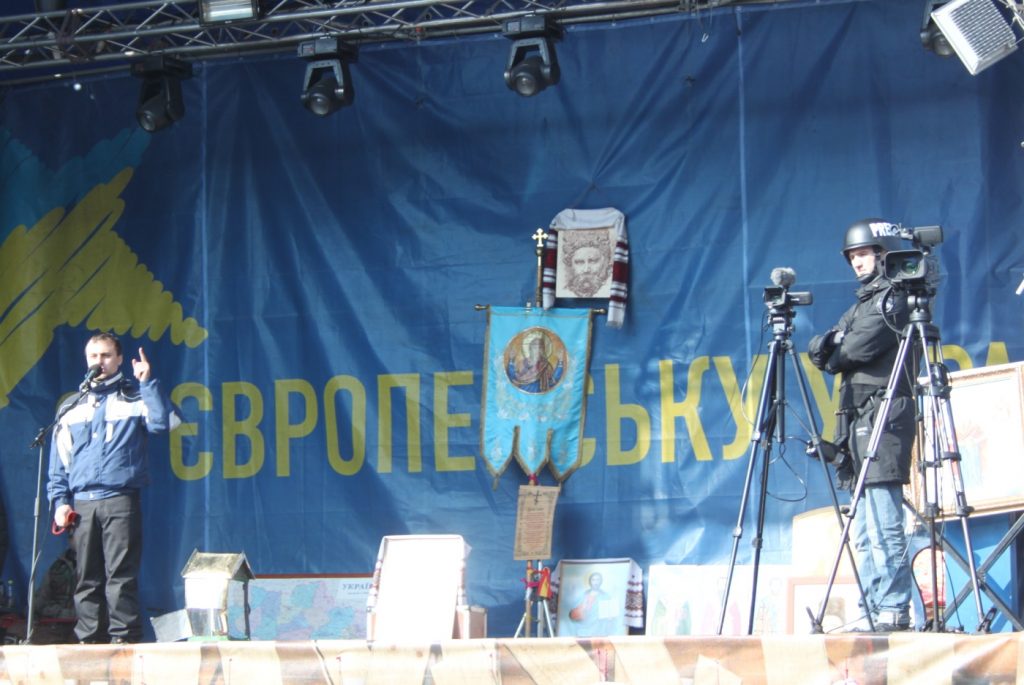
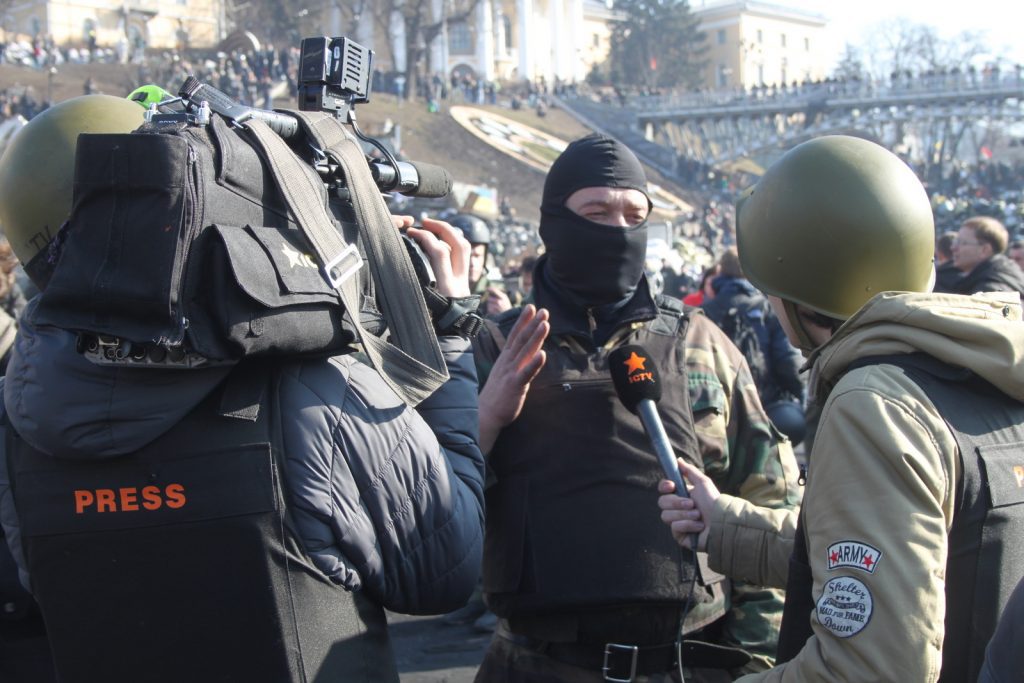
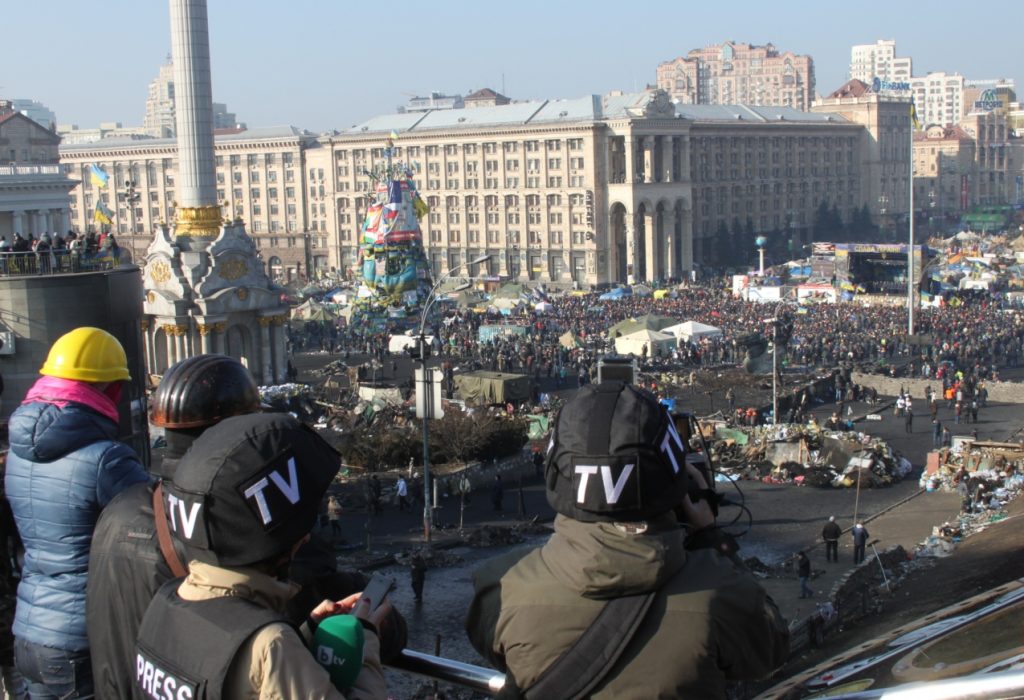
In February, sniper bullets pierced the shields and steel helmets of protesters. Blood flowed on Maidan. These memories are bitter, but that’s how it was. In the center of the European capital, journalists had to wear soldier uniforms but did not have any small arms.
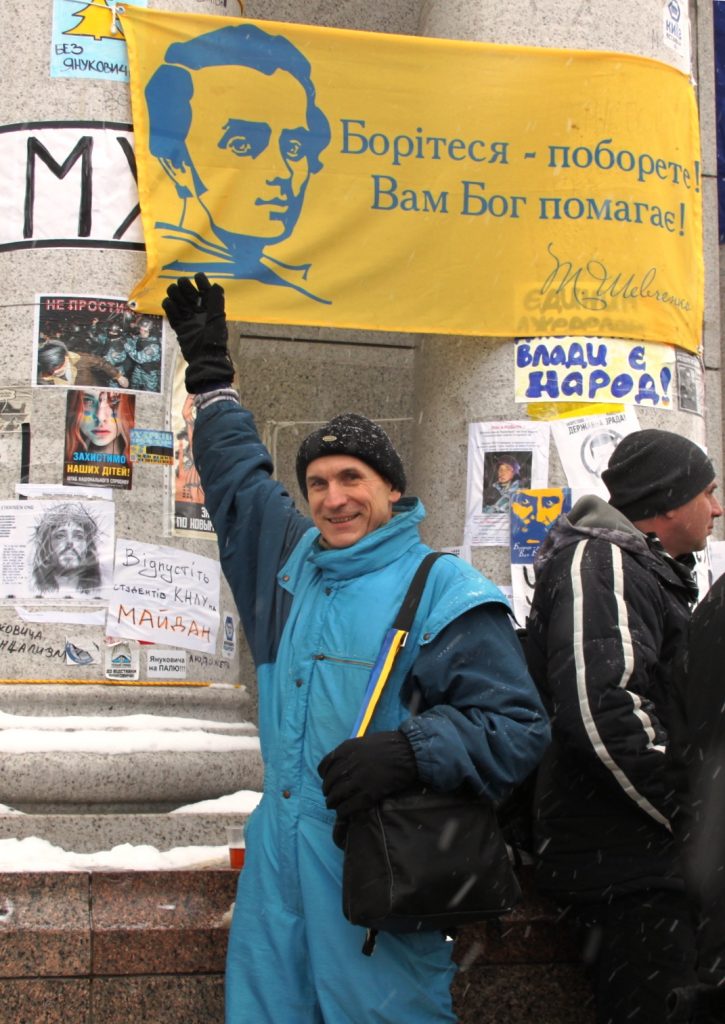
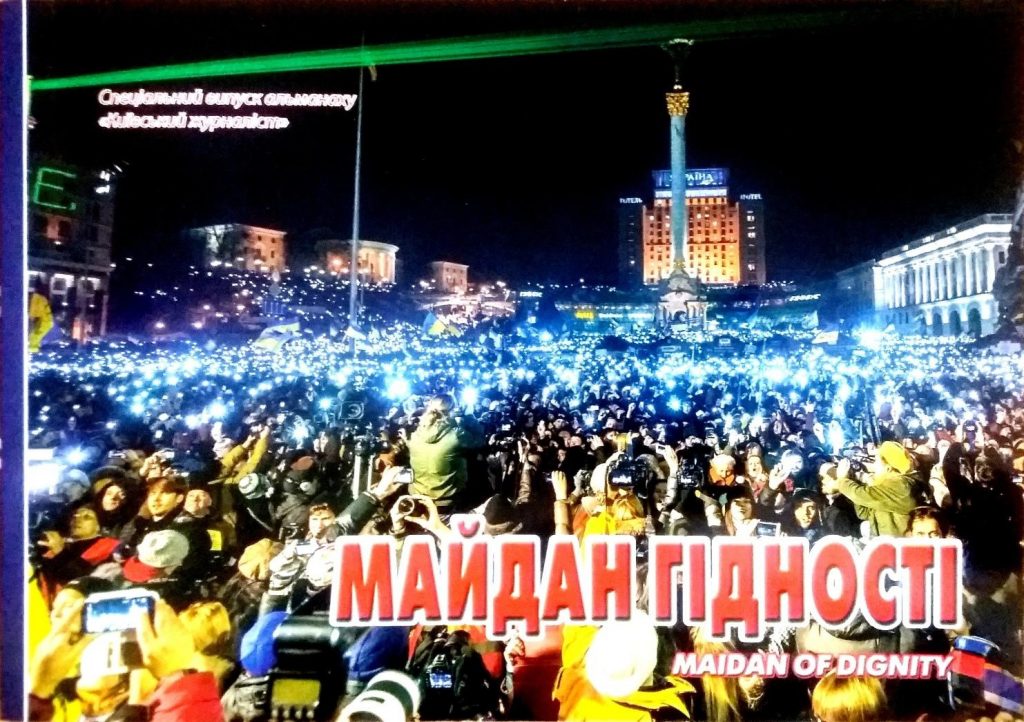
In 2014, the Kyiv organization of the National Union of Journalists of Ukraine (NUJU) published the photo album Maidan of Dignity as a special edition of the almanac called Kyiv Journalist (the author-editor of the publication about the Euromaidan and the work of the press in this hot spot is publicist Serhii Shevchenko, the secretary of the NUJU). A copy of the unique photo album has been added to the book collection of the Museum of the Revolution of Dignity, created in the capital (16 Lypska Street). Photos from the rare book are already history. In those extreme conditions, the work of experienced professionals and very young amateur streamers cannot help commanding deep respect.
At the same time, despite the brutality and obviousness of the crimes committed against journalists during Euromaidan (and later), the provided video evidence and testimony of witnesses never ended up being effectively investigated. Unfortunately, the perpetrators of the press were never punished. Let’s mention, in particular, the attack on the film crew of the Schemes program of Radio Liberty and the beating of Cherkasy photojournalist Ihor Yefimov (the attack was carried out by police officers). And the murder of Pavlo Sheremet, despite its high-profile nature, remains unsolved…
Little did we know at the time that horrors awaited us in the east of Ukraine, the attempted annexation of Crimea, February 2022… A war lasting ten exhausting years. Journalists are always at the center of events, so the press is a target for an aggressor. Trials, provocations, and dangers always await the press.
…Nowadays, Maidan [the square] is filled with blue and yellow flags. Those are the souls of those who died for Ukraine. Those are the eyes of those who wanted to see Ukraine free, flourishing, and bustling.
Heartfelt gratitude to everyone who cares about the fate of the country.
Glory to Ukraine!
Photo by Serhii Shevchenko
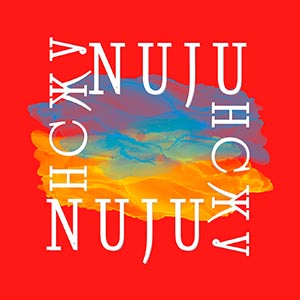
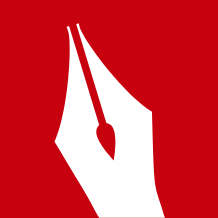 THE NATIONAL UNION OF
JOURNALISTS OF UKRAINE
THE NATIONAL UNION OF
JOURNALISTS OF UKRAINE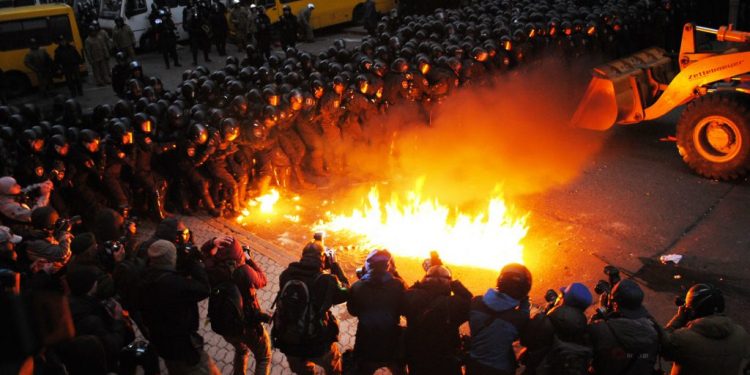
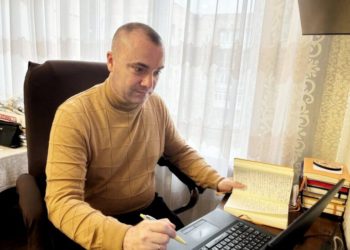

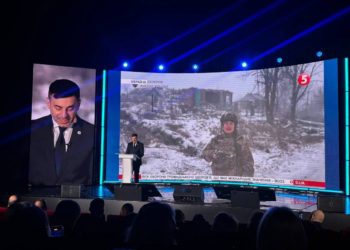
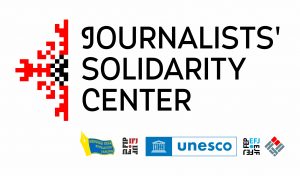
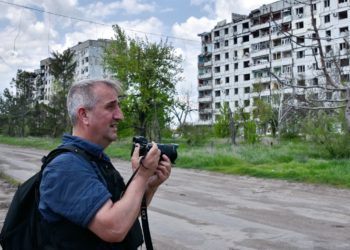







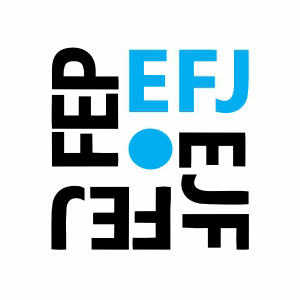



Discussion about this post